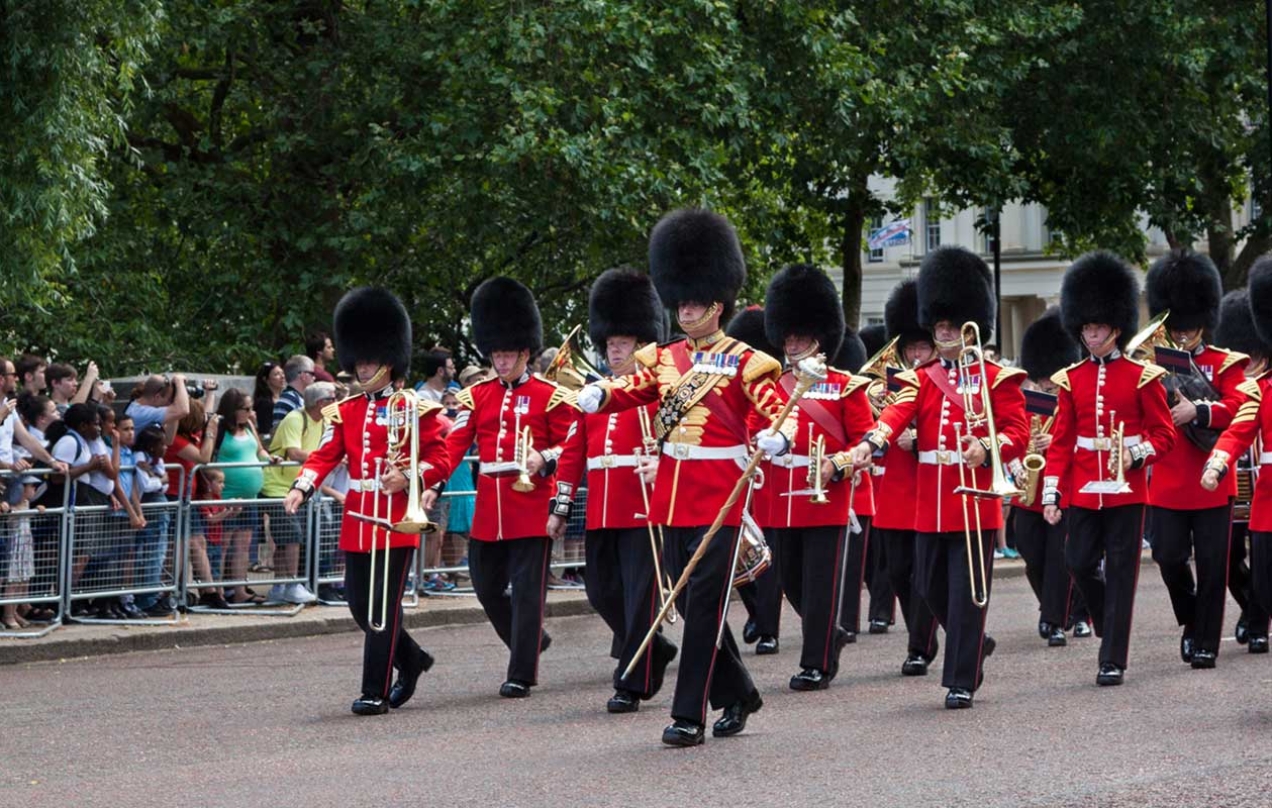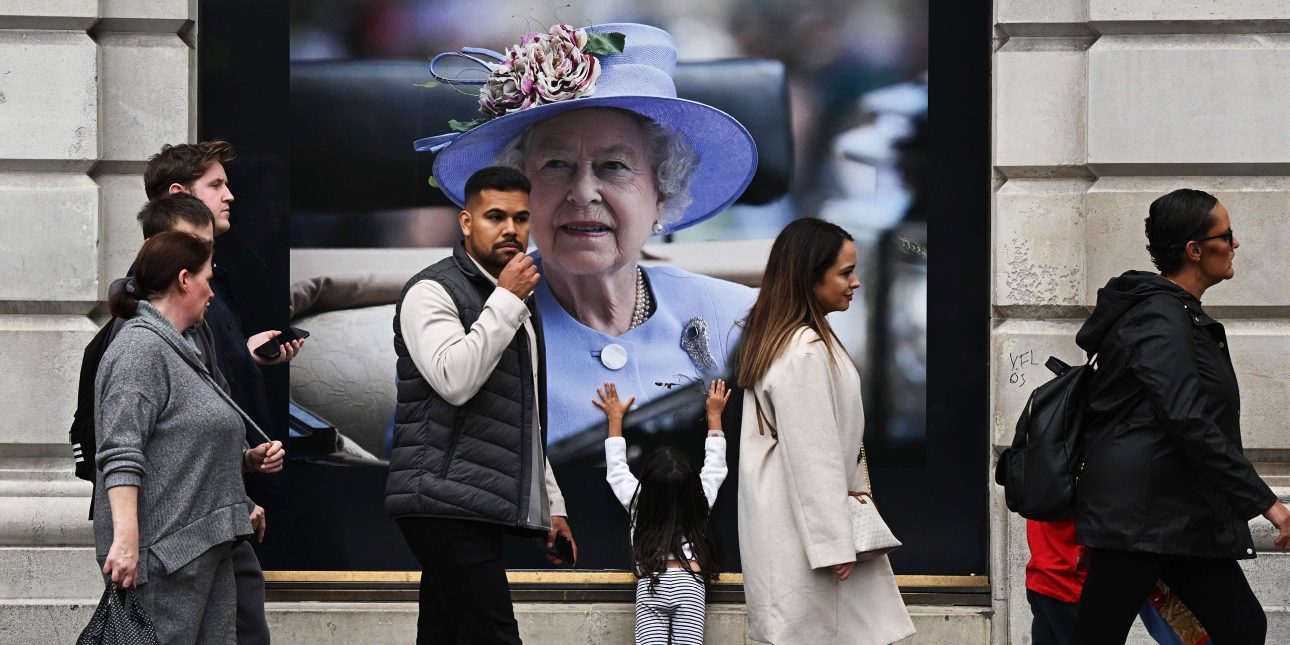A Royal rebrand
The Queen's funeral and period of national mourning were seen by many as an outstanding public relations success story for the royal family. Christian Koch looks at how the Palace's comms team managed to subtly control the media narrative during difficult times, offering something every PR team can learn in the process…
When The Crown's fifth season drops on Netflix this November, it will take viewers through the 1990s: the era of "Squidgygate", toe-sucking princesses, the death of Diana - and an era widely considered to be a nadir in royal family public relations.
The recent ceremonies surrounding the death of Queen Elizabeth II couldn't have been more different. The funeral and 10-day period of mourning saw public affection for the royals at a high, resulting in approval ratings of 63% for King Charles III in late-September - nearly double the 32% he received in May (the number of people who said Camilla would do a good job as Queen Consort increased from 18% to 53%). It's all thanks to some meticulous planning and some age-old techniques plucked from the smart person's PR Playbook.
"[The funeral/mourning period] was a well-oiled machine due to it being planned so far in advance," says David Sykes, senior account manager at Lincolnshire-based PR and digital marketing agency, who has written blogs on royal comms strategies. "A few years ago, somebody leaked the Palace's ‘London Bridge' plans to deal with the death of the monarch. Funnily enough [the Queen's funeral/mourning period] happened almost exactly as that plan had described. Much of the archival material, montages and documentaries had all been prepared beforehand. It's advance planning any crisis communications teams would recommend."
Of course, PR may seem immaterial to a family grieving the loss of a much-loved mother and grandmother. But during a time of heightened emotion, making ‘The Firm' seem likable and relatable helps win public affection, and ergo keep the constitution alive. Such PR savvy was absent following the death of Diana in September 1997, when Show Us You Care newspaper headlines threatened to destabilise the monarchy.
During the period of mourning for Queen Elizabeth II, the Palace arguably established - then shaped - the media's news agenda by ensuring TV stations, newspapers and social media feeds had a near-continuous stream of ‘content', whether it was the ceremonial procession in Edinburgh, the emotional plane journey from Balmoral, the moving vigils of the princes or the extraordinary queues of people waiting to see the Queen lying-in-state. Not only did this fill pages, schedules and memes, but it also ensured there was little space for tabloid-snooping to fill the gaps.

CONSIDERED APPROACH
Starting with King Charles III's address on 9 September, a different tribute from the royal family was released once a day, culminating in Prince Andrew's statement the day before the funeral. It was the perfect example of another well-known PR strategy: ‘pacing' statements and news so the media continually has something fresh to comment on.
"This is clever crisis comms," says Sykes. "When you've got a story everyone's talking about, you need to keep feeding the machine with content. By ‘staggering' or drip-feeding this content, you can keep the media on message. Newspapers and TV stations only have enough focus for a couple of stories. If the Palace had its tributes going out at once, some commentary would be missed and tributes would go uncovered… It also stops the media hunting around for their own material."
Pomp and pageantry played a huge role too. The bearskins, beefeaters, red-tunicked guardsmen, choristers, cannons, corgis, ‘Emma' the horse (and the riding headscarf), the crown on the coffin, all the way to the lone bagpiper playing poignant tribute in Westminster Abbey - seemed to invoke a sense of fairy-tale magic. In doing so, it utilised another PR trick: the element of ‘surprise'.
A TIME TO CHANGE
Following the Diana debacle, the Queen started the process of hiring media-savvy corporate PRs to work alongside her "old guard" of advisers. Today, the King's private secretary (a role which has direct control over the royal press office) is Sir Edward Young, previously head of communications at Granada. Donal McCabe, the Queen's communications secretary, joined from Ladbrokes in 2019, after a career in comms spanning Boots and Railtrack.
The royal household's comms professionals have been behind the PR rehabilitation of the royals over the last decade. Ever since William and Kate's 2011 wedding, there's been an effort to strip away the perceived stuffiness of royal protocol: see the Queen leaping out of a helicopter with James Bond and tapping teacups with Paddington Bear, Prince Harry's "mic drops" or Prince William selling the Big Issue. During the funeral, Prince Andrew had his human rights respected as a grieving son, while the footage of the Waleses and Sussexes walking together at Windsor Castle immediately helped quell rumours of a feud between Princes William and Harry, which could have dominated coverage.
Following the funeral, it could be argued the royal family now arguably has the upper-hand with the media too. This was seemingly confirmed by news in late-September that the Palace had allegedly told TV channels such as the BBC, ITV and Sky News that they could only keep an hour of footage from events during the mourning period. If any news outlet wanted to use unapproved footage - despite many millions having already watched the broadcast - they'd need to apply to the Palace.
The royal family also seemingly has social media on its side too. The @RoyalFamily Twitter feed has 5.7 million followers, while there's an army of young Gen Z royalist fans on TikTok (the Palace employs a digital communications officer to maintain the royal brand's online presence).
As for the weeks and months ahead, the Palace could capitalise on King Charles III's high approval ratings to carve a new identity for him. By the time the coronation arrives next year, employing PR nous as they did to Queen Elizabeth II's 2022 platinum jubilee and funeral will help ensure the centuries-old institution remains relevant and keeps the affection of the public.
"These events are the USP of the royal family - there's no other country in the world who can do it like we can," says Sykes. "These big moments can sweep the country along and frame how we see ourselves as a nation. But it takes a strong partnership with the media to make it work."


